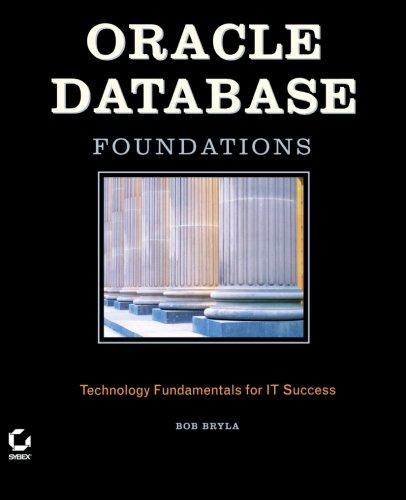Question
Compilers render normal infix expressions into postfix expressions. Postfix notation allows expressions to be written without parenthesis or the strange rules of infix evaluation, which
Compilers render normal infix expressions into postfix expressions. Postfix notation allows expressions to be written without parenthesis or the strange rules of infix evaluation, which greatly speeds up the processing of an expression during runtime. For example,
- the infix expression 2 + 3 would be written 2 3 + in postfix
-
the infix expression ( 5.0 3.5 ) / 1.2 would be written 5.0 3.5 1.2 / in postfix
A postfix expression is evaluated using a stack. Scanning the postfix expression from left to right, place each operand encountered on the stack top. When an operator is encountered, pop the top two operands off the stack, apply the operator and place the result on the stack top. When the expression has been scanned, the sole remaining value on the stack is the result.
In your Java project, create and call a method that receives a postfix expression in a parameter of type String, evaluates it and returns the result of the expression as a double. In your method, assume that all values and symbols in the parameter will each be separated by a space. Assume that the only operators will be +, -, * and /.
Call the method with the following postfix expressions and output the results of each call.
- 2 3 +
- 5.0 3.5 1.2 /
- 5.0 3.5 1.2 - /
Step by Step Solution
There are 3 Steps involved in it
Step: 1

Get Instant Access to Expert-Tailored Solutions
See step-by-step solutions with expert insights and AI powered tools for academic success
Step: 2

Step: 3

Ace Your Homework with AI
Get the answers you need in no time with our AI-driven, step-by-step assistance
Get Started


